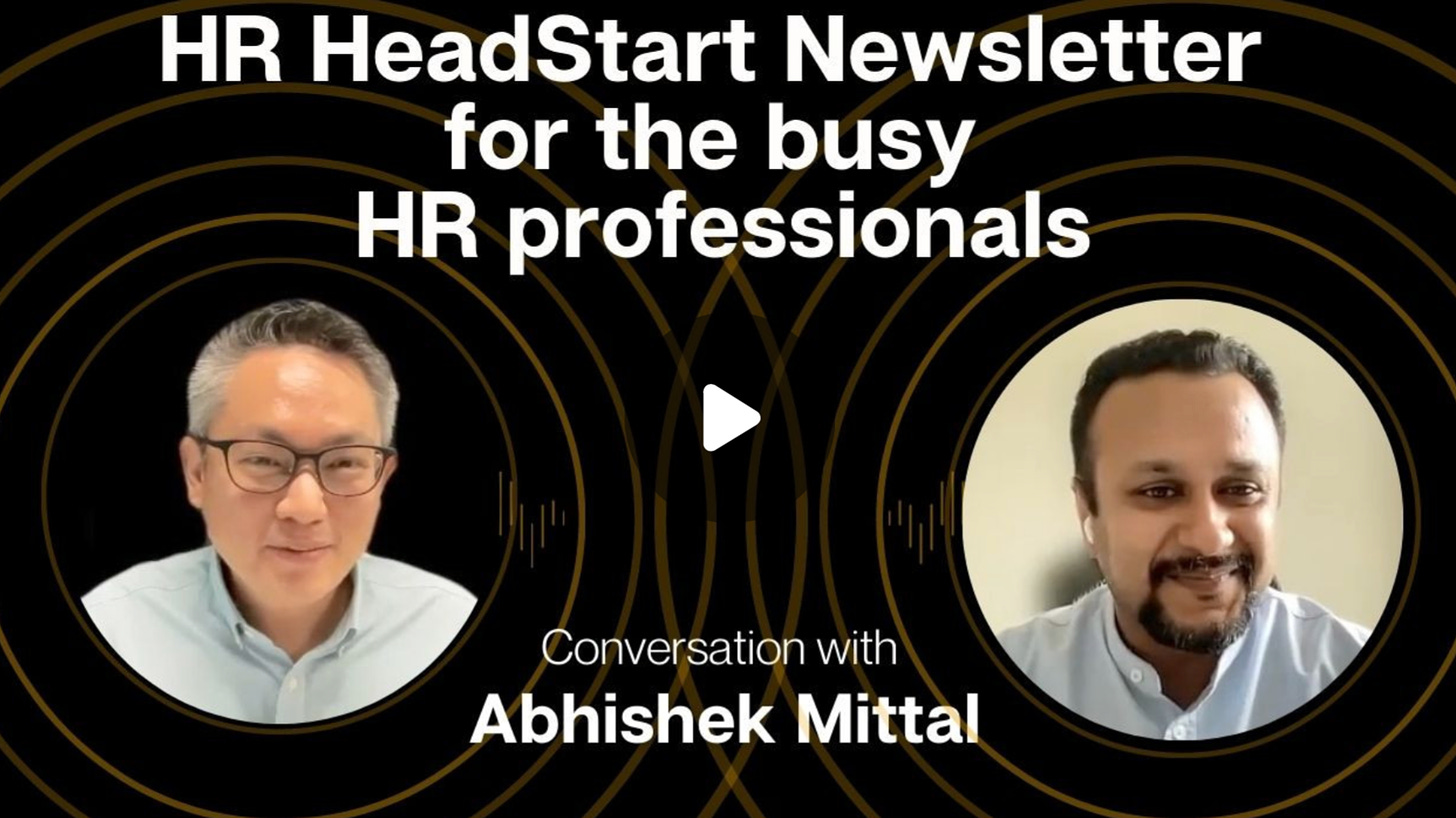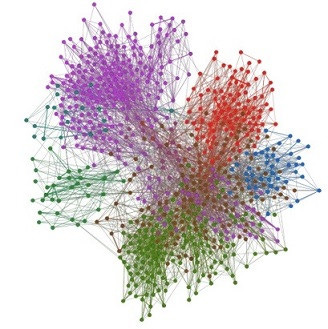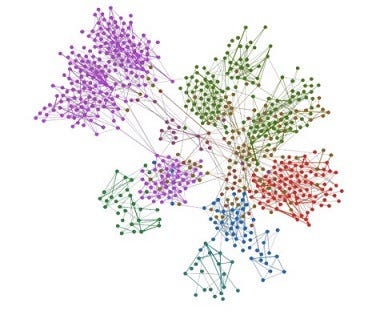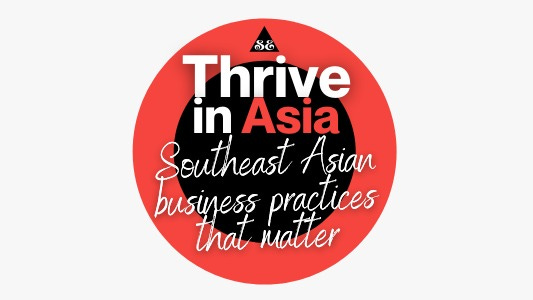HRHeadStart #19: The Neighborhood Effect; Deterministic vs. Probabilistic Environments; Behavioral Science
Pursuits
I had the chance to speak with Thrive in Asia about why I started HRHeadStart and how I aspire to contribute to the future of the HR community. Click on the link below to hear from me:
The Talent Agenda
In a world facing digital acceleration like never before and pandemic-induced disruptions, HR teams are focusing on building employees’ knowledge, skills and experience a.k.a human capital. But what about social capital i.e. relationships within and across teams? While knowledge and skills represent the hardware for getting work done, social capital is the software that creates motivation, agility and importantly, the workplace vibe.
There are two forms of social capital. Bonding social capital represents inter-personal relationships and is crucial for collaboration within teams. Bridging social capital represents connectivity across teams and enables cross-functional work. Over the course of the shift to virtual work, social capital has suffered. Close connections might have become stronger. And loose connections have become weaker. The connective tissue which makes organizations thrive has suffered.
A researcher analyzed a group of 700 people in an engineering organization at the beginning of the pandemic. The diagram shows strong inter-connectedness and social capital.
Fast-forward 12 months and we see a totally different picture of the same organization. Siloes emerge, not only across teams, but also within teams. This greatly reduces the ability of the organization to function well and execute on priorities.
Dive deeper into The Neighbourhood Effect. The call to action for HR teams is clear: We need to be deliberate about investing in the social capital of the organization. That is crucial for building trust, psychological safety and a learning culture.
P.S. Companies are taking action. The software company, Salesforce, announced that it has signed a multi-year lease for a 75-acre wellness retreat which will be used to rebuild employee connections through onboarding, training programs, offsite etc.
Working Better
The academic environment differs substantially from organizational environments. In school, we are rated on tests. The answers are either right or wrong. The outcome is a score within a range. It is a deterministic environment. At work, there are no tests. The solutions to problem are rarely black and white. You are rated on the outcomes you create. Creativity, problem-solving and influencing become key skills. It is a probabilistic environment, where there are multiple ways to solve a problem.
Life is a probabilistic game. Take chances. Be open to shifting your mindset. Hustle.
A Productive Workout
A workout is a great way to create mindspace for processing and learning new ideas. And it primes you for creative thinking. For your next walk, run or workout session, take along Rory Sutherland from Ogilvy. He asks the question “Is everything BS?” That is, Behavioural Science, by the way! He talks about how we can arrive at better solutions to many problems by combining economics and behavioural science. Grab the links - Spotify, Apple Podcasts.
Tiny Thought
Build yourself a “success network”. It should include people who you are committed to help succeed. And people who would be really happy to see you succeed. It will pay you rich dividends.
Community Resources
I wanted to share additional resources for HRHeadStart subscribers. My friend, Foo Chek Wee (Human Capital Head at The Straits Trading Company), has launched a great initiative to interview HR/business leaders every week to enable us to learn what others have already mastered. Check out Thrive in Asia to watch video interviews on a wide range of topics including organizational transformation, design thinking, working in startups etc. This is a passion-powered and free project for the development of the HR community, so make the most of it.





